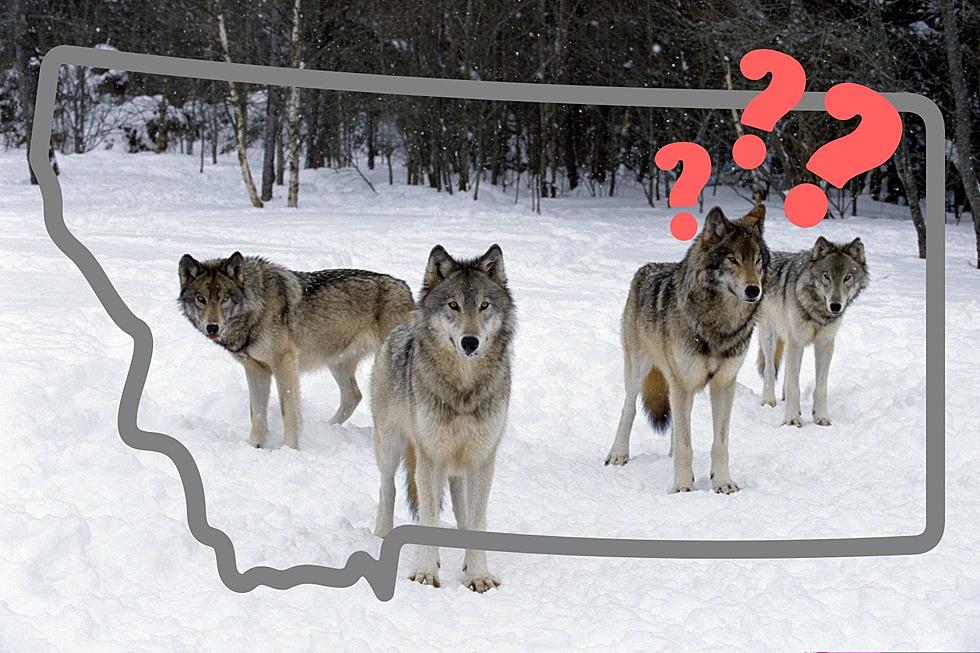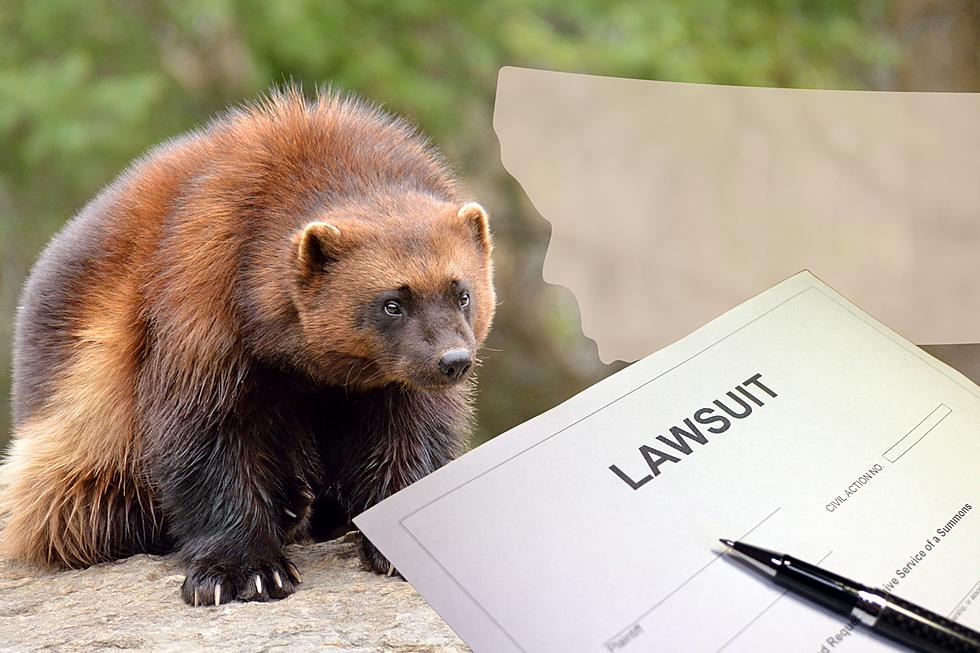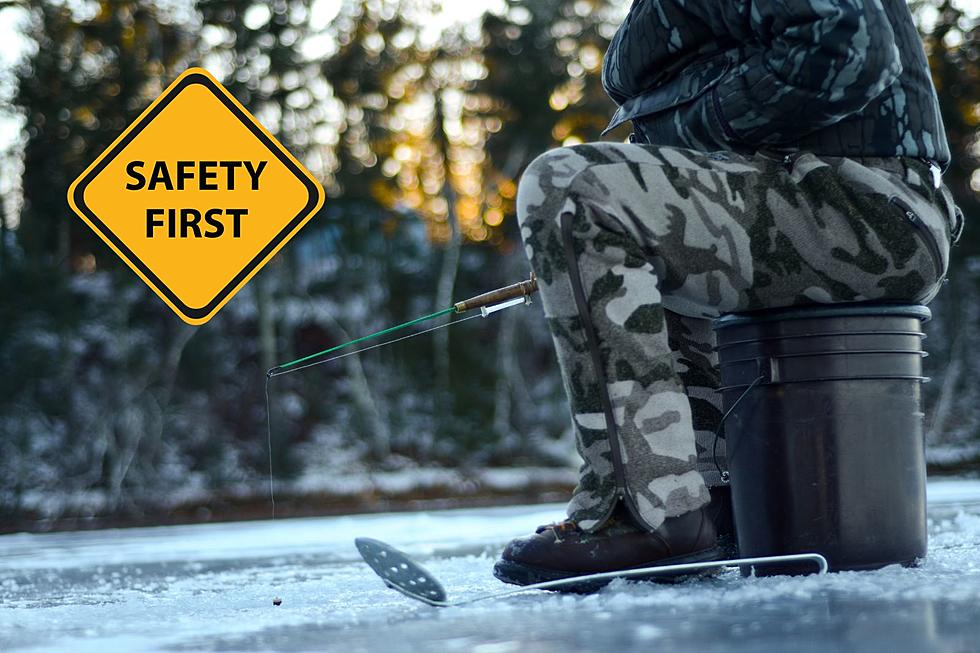
Here’s Why It’s Important To Keep An Eye Out For Horny Toads In Montana
As you venture into the outdoors this autumn, remember to divert your gaze from the horizon of the game and occasionally direct your attention downward.
Amidst the vast landscapes of eastern Montana, a remarkable creature known as the greater short-horned lizard, affectionately referred to as the "horny toad" may grace your path.
Montana Fish, Wildlife & Parks (FWP) is keen to document any sightings of these elusive reptiles.
The Backstory Of The Greater Short-Horned Lizard
Historically, the greater short-horned lizard, scientifically named Phrynosoma hernandesi, once ranked as the second most abundant reptile along the Missouri River in late 19th Century Montana, surpassed only by the western rattlesnake.
However, these unique lizards have garnered the status of a 'Species of Greatest Inventory Need' within Montana due to a dearth of data regarding their population and distribution.
What The Experts Have To Say
Nicole Hussey, a wildlife biologist in FWP's Region 6, explains,
Our efforts have focused on conducting surveys across eastern Montana to ascertain their status and distribution, filling in crucial data gaps. Yet, these creatures' elusive nature and their cryptic coloration render them extraordinarily challenging to locate.
Biologists like Hussey are inviting individuals traversing the countryside to contribute their incidental observations alongside structured survey initiatives. Hussey advises,
If you happen upon one anywhere in the state, please make a note of the location, obtain GPS coordinates if possible, record the date, tally the number of observed lizards, and if feasible, capture a photograph that includes a reference for scale.
You can contact your local FWP biologist to report your observations. Contact information for different regions is as follows:
- Region 5 (Billings): Megan O'Reilly at moreilly@mt.gov
- Region 6 (Glasgow): Nicole Hussey at nicole.hussey@mt.gov
- Region 7 (Miles City): Brandi Skone at bskone@mt.gov
Here are some key details about the greater short-horned lizard:
Identification:
- These lizards are diurnal, meaning they are most active during the warmer daylight hours.
- Their coloration is cryptic, designed to blend in with the soil, and can vary by location.
- Their broad, flattened body distinguishes them from the three other lizard species commonly documented in Montana, with overlapping ranges only with the common sagebrush lizard, which has a more slender appearance.
- Their heads have a distinctive "heart-shaped" appearance when viewed from above.
- They are typically easiest to spot when they are in motion and catch your eye.
Habitat:
- Greater short-horned lizards are primarily found in the eastern half of Montana but in scattered locations within their range.
- They tend to inhabit south or east-facing slopes of coulees, ridge tops, and some open flats.
- Their preferred habitats feature sagebrush, creeping juniper, or rabbitbrush, with sparse bunch grass, patches of bare ground, and soil reminiscent of shale. They are even known to be found in certain ponderosa pine stands.
Fun Fact:
- These lizards have a unique defense mechanism – they can shoot pressurized blood from their eyes! This fascinating adaptation serves as a deterrent against canid and felid predators, with the blood possessing a repulsive taste due to their consumption of venomous harvester ants.
7 Invasive Animals You Need To Report Immediately In Montana
Best Groups for Montana Foraging and Mushroom Hunting
Gallery Credit: mwolfe
More From 94.5 Max Country









